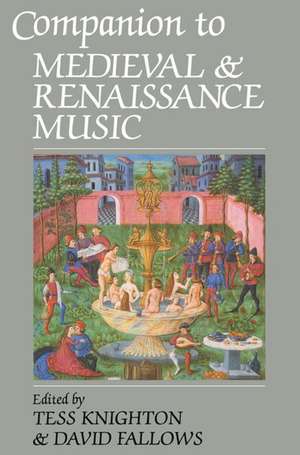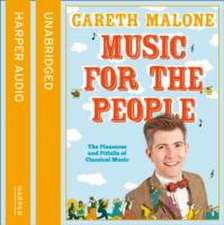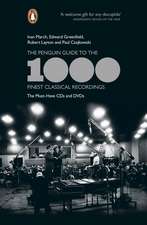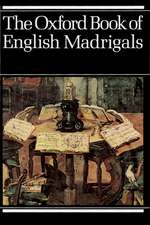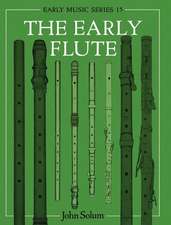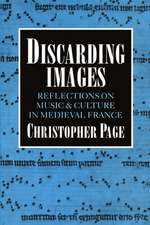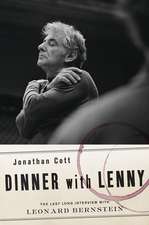Companion to Medieval and Renaissance Music
Editat de Tess Knighton, David Fallowsen Limba Engleză Paperback – apr 1998
Preț: 344.31 lei
Preț vechi: 470.42 lei
-27% Nou
Puncte Express: 516
Preț estimativ în valută:
65.90€ • 71.61$ • 55.40£
65.90€ • 71.61$ • 55.40£
Carte tipărită la comandă
Livrare economică 09-15 aprilie
Preluare comenzi: 021 569.72.76
Specificații
ISBN-13: 9780198165408
ISBN-10: 0198165404
Pagini: 448
Ilustrații: halftones, music examples
Dimensiuni: 154 x 235 x 22 mm
Greutate: 0.7 kg
Editura: OUP OXFORD
Colecția OUP Oxford
Locul publicării:Oxford, United Kingdom
ISBN-10: 0198165404
Pagini: 448
Ilustrații: halftones, music examples
Dimensiuni: 154 x 235 x 22 mm
Greutate: 0.7 kg
Editura: OUP OXFORD
Colecția OUP Oxford
Locul publicării:Oxford, United Kingdom
Notă biografică
Tess Knighton is Fellow of Clare College, Cambridge and the editor of the journal Early Music. David Fallows is Reader in Music at Manchester University.
